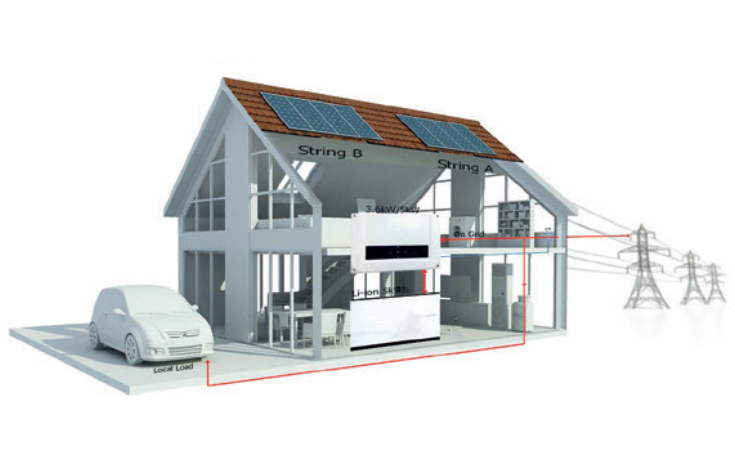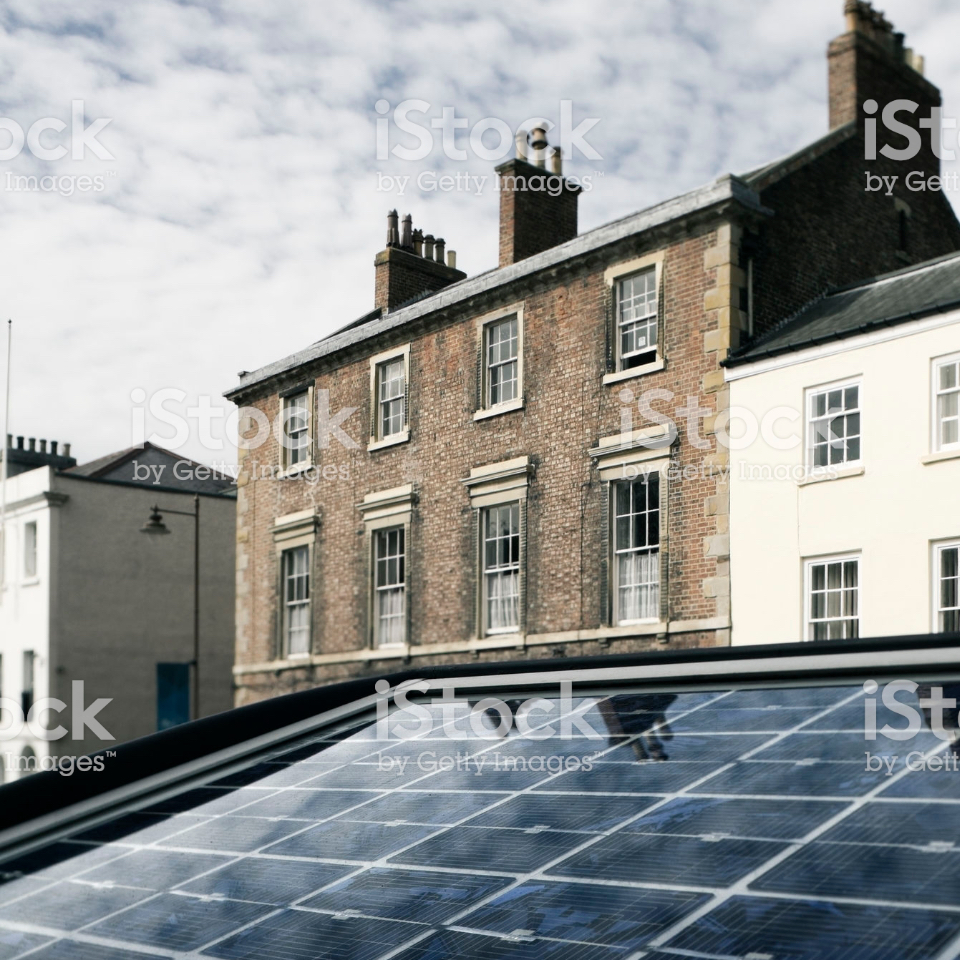Solar Panels
A decade or so ago Solar panels were THE home improvement to have. You just needed a south facing (ish) roof with limited shade and you could start to reap the benefits of free electricity from solar panel arrays all topped up by the Government’s Feed In Tariff (FIT) payment. Going green at home starts with solar panels but now includes looking at the whole home, not just adding solar panels.
With around 1,000,000 homes now fitted with solar panels across Britain, the sight of solar panels adorning south facing roofs becoming common. There is a vast range of choice over what type of solar panel to have (solar envy if your neighbour had black panels and you didn’t), the market is changing.
The model was simple and effective, the customer saves money, the government pays you to make it economical while the volume and familiarity of the technology becomes mainstream and as the price of electricity keeps going on up then people will offset those increases by investing in solar electricity.
Start with Solar Panels PV
A good solar panel array will provide people with around 25% to 30% of their electricity needs and the subsidy payments which brought the payback period down to under ten years , supplement the cost of the system. As the costs have fallen, a system now costs 75% less than early systems so the subsidy (FIT payments) have fallen until in April this year the FIT payments have ceased altogether.
Solar panel arrays (groups of solar panels working together as a system provide scalable electricity increasing as you increase the number of panels. For a small one-bed house a system of 1.5kW will provide you with the optimum system size to meet one person’s daily needs. For a typical family of four, a typical system will be a 4kW system. This is usually fit to a south facing roof and connected to an inverter (turns DC into AC) which feeds the generated electricity into the house, replacing your external supply of electricity as your primary supply. Your utility mains electricity supply becomes your secondary system, which comes into play when your panels are not producing enough energy.
Add Smart Battery Storage to Solar Panels
The technology has not stopped developing and nor has the need for it to do so. Electricity costs have kept increasing and with the advent of new home technologies, more computers and connected (IOT) technologies so homes have become more power hungry. Not to mention our obsession with having everything on standby ready to operate at a click of a switch, all of which adds to our electricity costs.
Add in the outdoor living space: barbecue, speaker systems and outdoor lighting and home demand for electricity is on the rise. Solar panels with battery storage, saves all the Solar Panel PV energy you generate and saves it until you need it, which is most often in early mornings and early evenings.
Make your Home Green with Solar Panels
Then there is the elephant in the room, your next (or next but one) car will be at least a hybrid, or a fully electric vehicle (EV). that’s going to need to be fully recharged overnight (no you can’t just do it at work and get them to pay). But it is going to take electricity to make it work and we need that electricity to come from renewable sources if we are going to be genuinely reducing our carbon footprint.
That all means that even if we do our bit to reduce our current consumption, (think LED lightbulbs, turning the TV off at the plug and not running the underfloor heating 24/7) then homes will need to use generated electricity far better.
The industry has developed new solutions in home renewable technologies, primarily around getting more out of your solar panels. By adding smart batteries to existing (retrofit) or putting in a solar and storage solution homes can become far less dependent upon their utility provider. This enables home owners to achieve grid neutrality for over half the year.
Solar Panel PV and Battery Storage
Solar and Storage saves your electricity to a battery which is monitoring your demand and ensures it saves as much electricity as you need to reduce your external demand for mains electricity. The smart monitoring systems actively manage your storage to maximise your own independent electricity usage.
Most homes do not use that much electricity during the day, their main usage is at night (retired people use more but even they still use more during the evening) and early next morning. Kettles, cookers, TV’s, lights etc all consume a lot of electricity, so storing your daytime over generation to use during the evening and next morning electricity demand, makes a huge impact on your costs.
Making your HOME Grid Neutral
A solar PV and battery storage system can make you grid neutral for over 8 months a year, that means that outside November, December, January and February you can be fairly sure that you will be grid neutral. Solar and storage solutions therefore take the 25% saving of solar panel systems up to closer to 70% saving for a typical home owner. Coupled with that is that you can still export excess electricity to get a payment (SEG payments) and that the cost of a solar and storage system is far less than a solar panel array 10 years ago results in a return of investment of around 7 years, which is what people achieved under the old FIT payments.
Learn more about renewable technology from Absolute Solar
When looking at energy savings to be made do look at solar and storage using smart battery technologies. Absolute Solar have partnered up with Prime Hybrid Energy Systems to offer their extensive range of solar and storage solutions for people looking at installing, or upgrading their home renewable energy.

Start Going Green Contact Absolute Solar
Your renewable energy options have never been bigger or smarter. If you want to add value to your home, reduce your utility bills and do your bit for saving the planet, then call Absolute Solar on 0116 2313 980 or email us at info@absolutesolar.co.uk and we will explain your options further.

